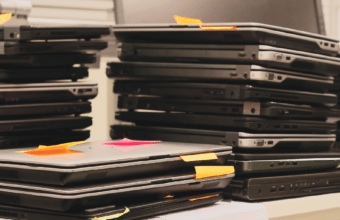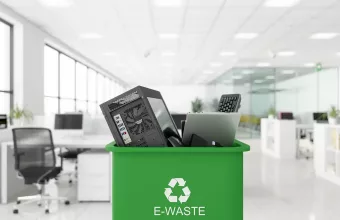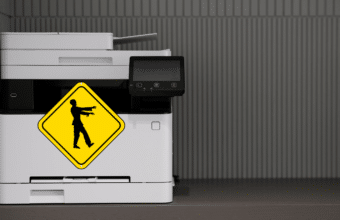Data Security
-
The Hidden Impact of Old Computers: Responsible Disposal for Businesses
While more urgent matters often take precedence, the fate of your old computers has a greater impact than you might think. Responsible disposal is crucial for protecting sensitive data and maximizing your return on investment (ROI). Certifications Make a Difference When selecting a disposal partner, certifications like R2, e-Stewards, and NAID are essential. These certifications […]
read more -
The Silent Threat of Hidden Data
In an age of advancing technology, hidden data within our devices has become a growing concern. While we’re mindful of the data that new technology might conceal, it’s equally vital to consider what’s hidden in plain sight. A recent encounter at SEAM Services shed light on this matter when a printer arrived with a forgotten […]
read more -
E-Waste 101: Reselling, Recycling, and Reusing Responsibly
In today’s rapidly evolving IT industry, the surge in electronic waste (e-waste) poses a significant concern. As businesses and consumers continuously upgrade devices and components, the decision on what to do with used equipment becomes paramount. Navigating these choices demands expertise, and that’s where an IT asset management company comes in to seamlessly guide you […]
read more -
Securing Patient Data: Lessons from Data Breaches for Dakota Healthcare Organizations
As healthcare organizations navigate the digital landscape, the recent HIPAA Journal report sends a clear signal: data breaches in healthcare are on the rise, and IT execs at Dakota hospitals need to take note. In 2023 alone, the Department of Health and Human Services (HHS) reported a staggering 725 large breaches, surpassing the previous year’s […]
read more -
Will My Company Be Held Accountable for a Data Breach?
Data breaches are one of the largest threats facing businesses today. Every year, millions of users of various services lose the personal information that they entrusted to businesses. These breaches can have serious consequences, especially when they concern financial information. If your business loses customer information that could be used for identity theft, you could […]
read more -
Protecting Your Data, Empowering Your People: A Guide to Secure Businesses in the Dakotas
Protecting Your Data, Empowering Your People: A Guide to Secure Businesses in the Dakotas Ensuring your North Dakota and South Dakota business thrives involves seamless collaboration, clear expectations, and unwavering commitment to data security. That’s where a comprehensive employee handbook becomes your compass, outlining everything from dress code to media relations and, most importantly, electronic […]
read more -
Don’t Let Zombie Devices Drag You Down
Managing your business’s IT infrastructure is crucial for maintaining efficiency and security. However, there’s a lurking threat that often goes unnoticed: zombie devices. These are the forgotten or unmanaged devices that can haunt your network, causing security vulnerabilities and operational inefficiencies that can drag your business down. Unmasking the Zombie Devices Zombie devices, also known […]
read more -
Safeguarding Your Financial Institution: The Importance of Secure Data Disposal
In today’s rapidly changing cybersecurity landscape, businesses in South Dakota and North Dakota must prioritize secure data disposal practices, especially concerning end-of-life IT equipment. This is especially crucial for financial institutions, which handle vast amounts of sensitive customer data, including personal information, financial records, and transaction details. To maintain customer trust and comply with data […]
read more -
The Importance of Secure ITAD for Healthcare Compliance
The Importance of Secure ITAD for Healthcare Compliance The healthcare industry is a prime target for cyberattacks, as it stores sensitive patient data that can be used for identity theft, fraud, and other malicious purposes. In 2022, there were a record number of healthcare data breaches, impacting over 28 million patients. One of the most […]
read more














